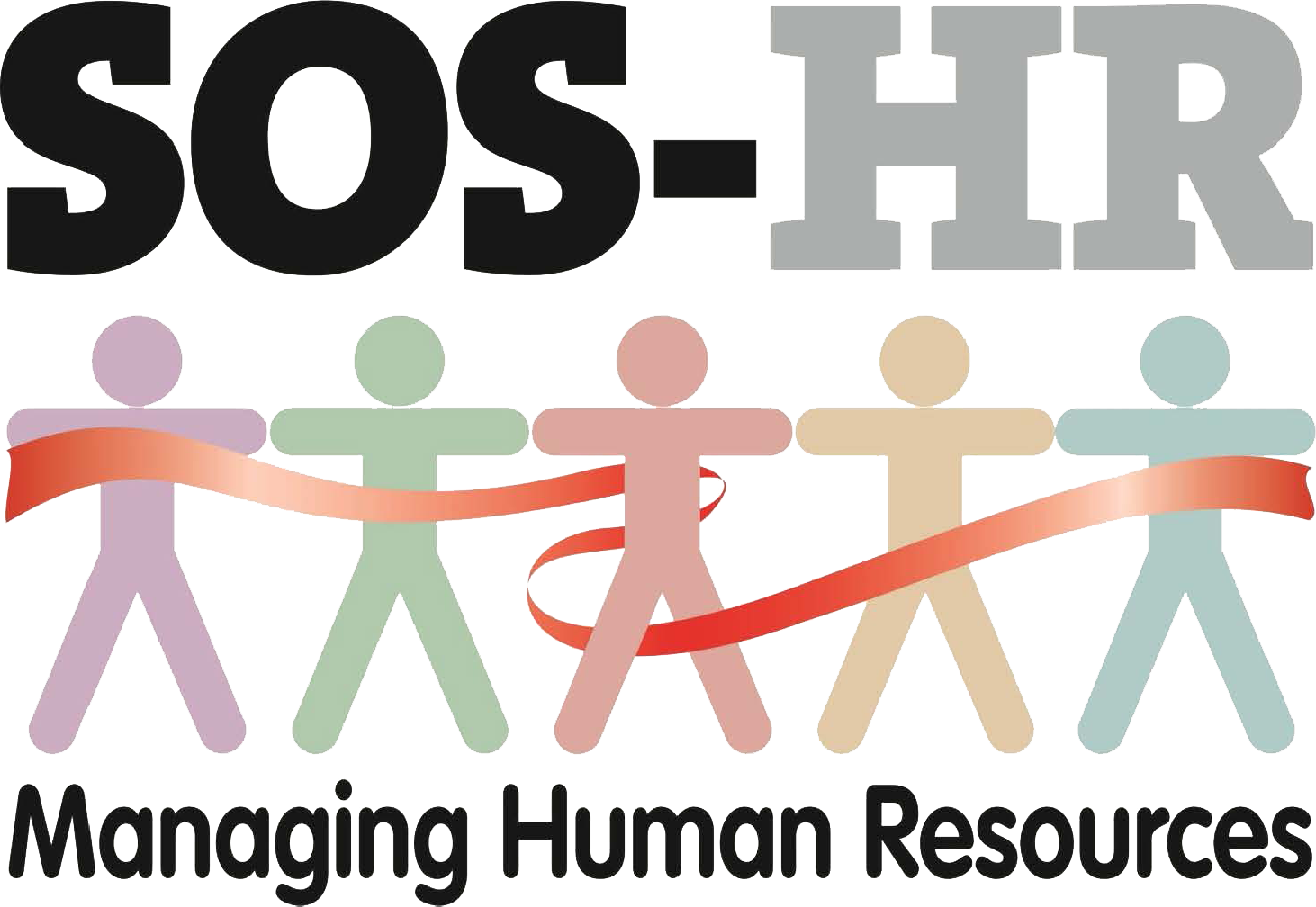Economic Inactivity Is On The Increase
The Office of National Statistics (ONS) reports that people economically inactive, due to ill health, has increased in people between the ages of 16 – 64. In the period October to December 2023 the level reached almost 3 million.
The unemployment rate remains low, businesses struggle to recruit, and job vacancies continue to fall. Some sectors face stiff competition which have exaggerated salaries beyond that attributed to the cost of living.
Demographics show the population is ageing and people are working longer and want meaningful career opportunities whatever their age. Many of the working population must balance home, work, caring responsibilities, and manage their own health conditions.
This economic inactivity is challenging. Employers are having to recognise the need to recruit and retain people with health conditions and learn how to provide support. Such support isn’t just about providing health and wellbeing programmes although this is a very positive step. There is the need to Look at job design and workloads to make sure these are reasonable and sustainable and flexibility around working practices is key to making work more accessible.
Workplace absence is also reaching record levels and employers need to have clear and fair procedures in place on how sickness absence will be managed and supported. The consequences of not managing sickness absence correctly can have legal implications as well as cause internal complications. Line mangers need to understand how to handle employee sickness absence.
A clear absence management policy is critical to explaining the procedure for both short and long-term sick leave. This policy should be readily available to all employees so that they know what to do, what to expect and how to comply with the organisations policy.
The longer an employee is on sickness absence and away from work the less likely it is they will return. Supporting an employee who is on long term sickness absence can feel onerous as well as nerve wracking. Organising welfare meetings to keep in regular contact throughout their recovery supports a return to work and helps the employee feel less excluded.
The timings of such meetings should be reasonable and allow for a facilitated discussion to include health updates, medical matters and what the business can do to support a return to work. This may include having to consider reasonable and practicable adjustments such as making physical changes to their workstation or looking at working hours to accommodate a return to work. It will also assist in the end of employment discussion should a return to work not be feasible once all reasonable and practicable options have been explored.
For further HR advice or guidance please contact SOS-HR 01473 276170 or email us at soshr@sos-hr.co.uk
